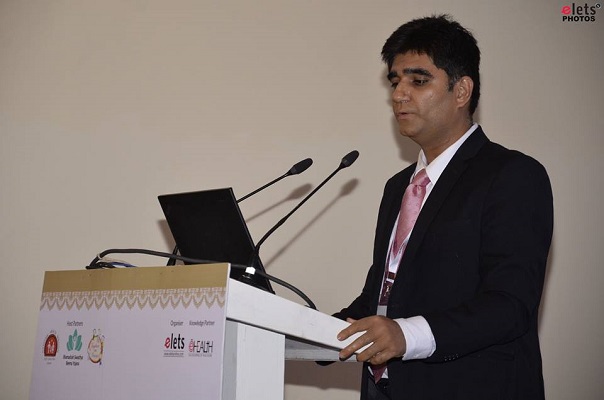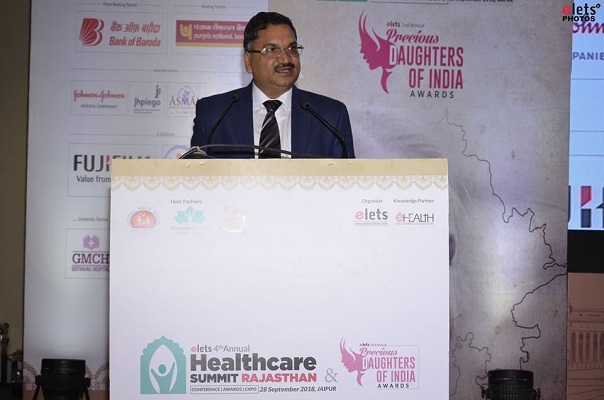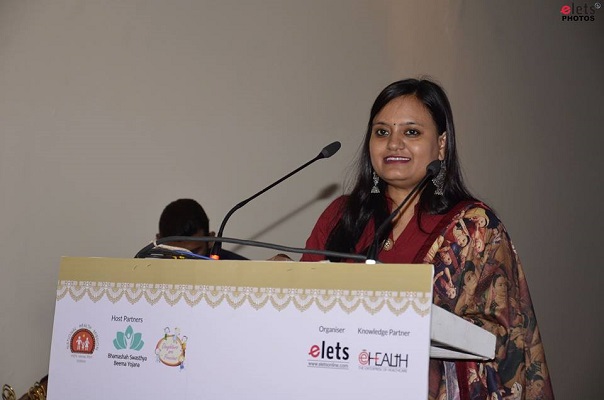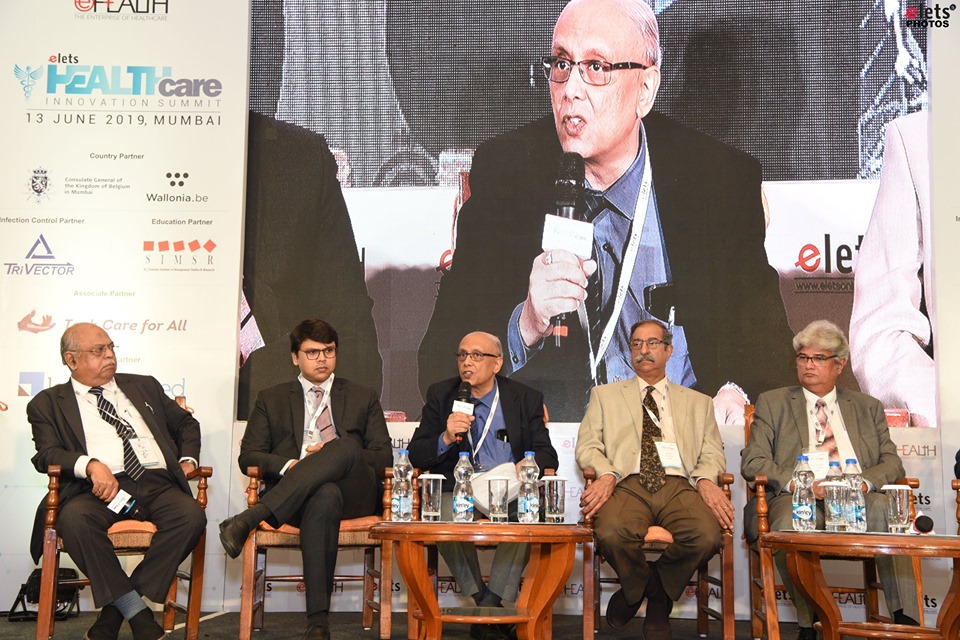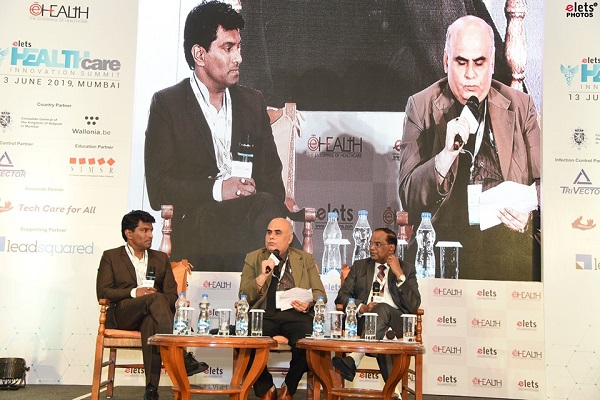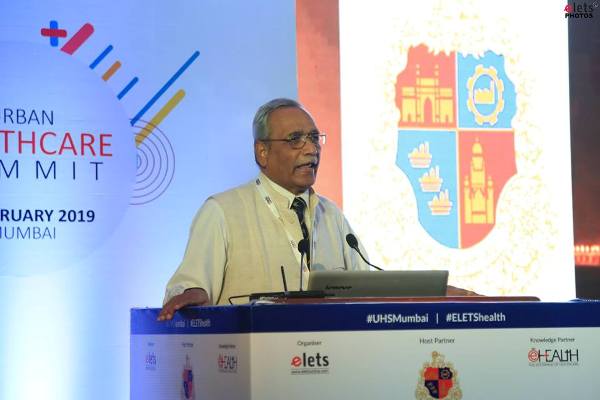
In order to provide better patient care delivery to the patients, Infection control and prevention are considered as the key that will serve this death threatening cause. Hospital Associated Infection (HAI) is an infection acquired during a course of the treatment. To your surprise, HAIs kill more people every year than breast and prostate cancer combined.
Speaking at the Urban Healthcare Summit 2019, Mumbai, Prof. Dr Abhay Chowdhary, Professor & Head, Department of Microbiology, Dr D Y Patil University, School of Medicine shared his views on the current scenario of Hospital Associated Infections (HAIs). He said,” On any given day, about one in 25 hospitals, patients have at least one HAI. Globally, the accepted rate of HAI is up to 8 percent. At any time, over 14 lakh people worldwide suffer from infectious complications acquired in the hospitals, which also mean that a patient’s stay in the hospital increases by 22.9 days after getting affected by HAI.”

Furthermore, with this ongoing scenario, “The Government of India and CDC is worried about the antimicrobial resistance on rise, the healthcare associated or healthcare acquired infections which already said, has killed more people over a period of time”, said Prof. Chowdhary.
Clean Care is Safer Care
When asked about the measures that can be taken to prevent the HAIs, Dr. Chowdhary said,” Hospitals are making efforts to build a better infrastructure but they are losing on the operational side of whatever they have. Whatever infrastructure you try to create, it will not be useful or beneficial unless you have the processes under control. This is something which is known to us but we fail to execute it.”

A report from SGPGI says, in public institutions, about 40% of hospitals with Health affected infections were reported. Although it is said that the globally accepted norm is less than 10%, depending on whether it is a clean or contaminated wound or a surgical infection, more aggressive treatment will put the patients to a higher risk.
“Naturally, when we talk about hospital infected infections, the blame goes to the healthcare systems which is creating and trying to do tongue twisting measures. The ultimate motto is to get the patient better”, said Prof. Chowdhary.
Antimicrobial Drug Resistance: Leading Factors
Commenting on the rise of Health Affected Infections, Prof. Chowdhary said,” One of the most important factors is the lack of hygiene which gives rise to HAIs and further spreads MDR organisms. Also, the overuse and misuse of antibiotics has also led to this serious threat which is gaining its momentum in the hospital industry.”
Health Affected Infections on the Rise
Highlighting the reasons behind the rise in HAIs, Prof. Chowdhary said,” Antimicrobial resistance is an increasing risk to the public health that is making infections more difficult or impossible to treat. It is no more secret that AMR is also a patient safety issue. Lots of scientific reports are continuously pointing towards this imminent danger all over the world.”
Antimicrobial resistance is a topic high on national and international agenda at the present time and is likely to remain so for the foreseeable future. Resistance is rising, associated costs both human and financial, are significant and there are no new antimicrobial classes over the horizon to reverse situation. Elaborating further, Prof. Chowdhary said,” The question regarding the infection prevention fitting into the AMR programme has never been more relevant. An antibiotic after all could really be a fire extinguisher that puts out the flames of infection therefore the use of antibiotics.”
The government of India reports about the public health and this is a major concern, because although medical systems are blamed for antimicrobial assistance which consumes in small quantities for their own patients. There is a rapid increase in resistance to the newer and more expensive drugs, like Carbapenems, which is worrisome to some extent. So, HAI are universally growing and we need to keep a check on that.
Finally, underlying the solutions that can prevent HAIs, Prof. Chowdhary concluded by saying,” As per OCED, improvement in hygiene in the health care facilities will reduce more than half the risk of death and decrease burden of disease. Also, making the public aware of such a threat and the measures to deal with it will make a huge difference in this.”
Be a part of Elets Collaborative Initiatives. Join Us for Upcoming Events and explore business opportunities. Like us on Facebook , connect with us on LinkedIn and follow us on Twitter , Instagram.





